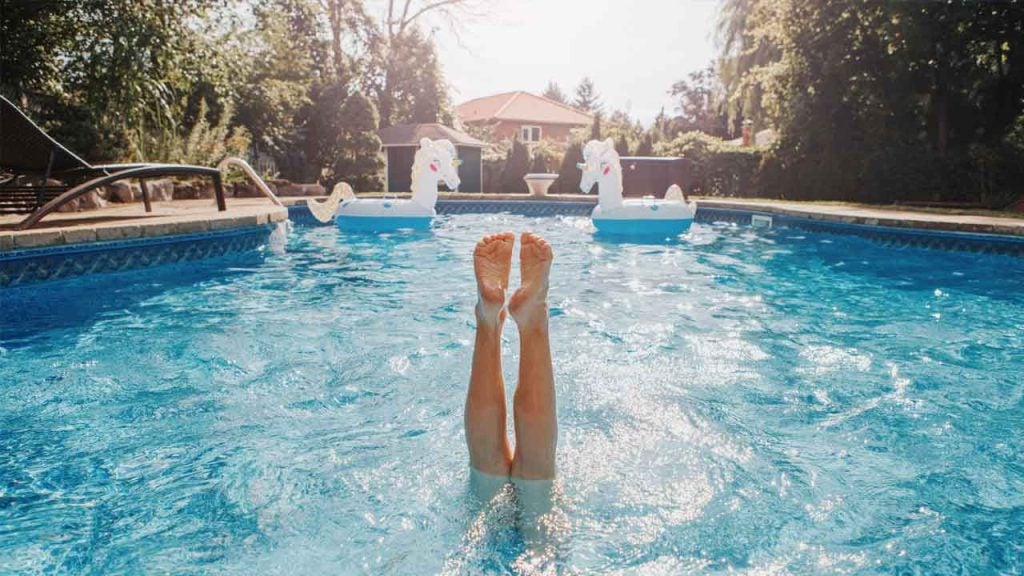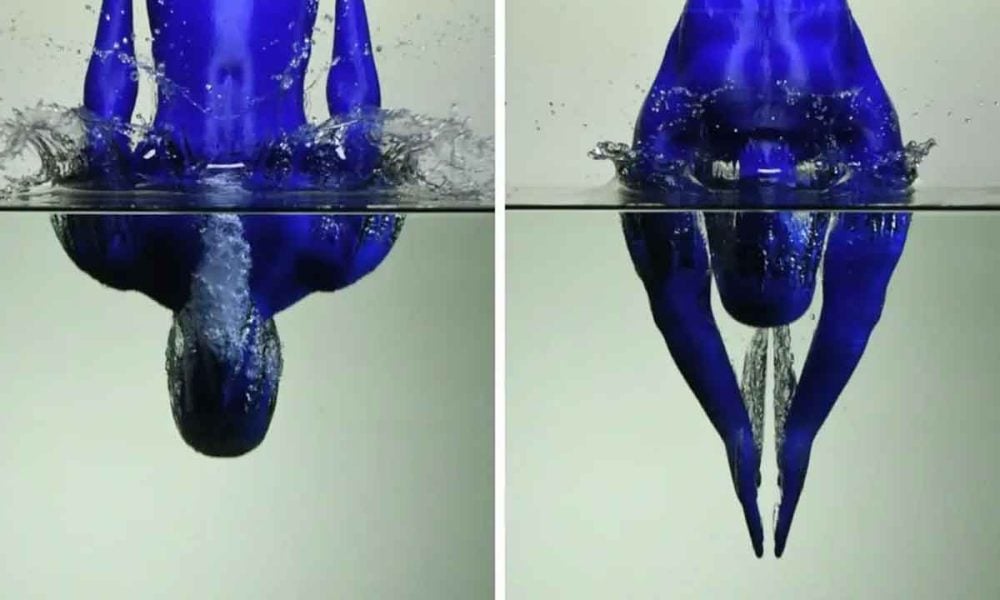Diving is a remarkable feat observed not only in humans but also across the animal kingdom. Yet, beneath the thrill lies a potential danger—diving from significant heights can lead to severe injuries. One groundbreaking study using crash test dummies delves into the parallels between the diving mechanics of different species, shedding light on the forces that shape our understanding of diving safety.
Engineers Study The Physics of Diving
Today, engineers are examining the physics of diving, not with living bodies, but with specialized dummies equipped with sensors. These mannequins, akin to the crash-test dummies used in automotive safety testing, provide invaluable insights into the impact of diving on the human body without subjecting anyone to harm.
Published in the journal Science Advances, the findings of these engineers shed light on just how our bodies react when subjected to the forces of a dive. “Humans are not designed to dive into water,” explained Sunghwan Jung, a biological engineer at Cornell University leading the research.
Their exploration began by studying how various animals navigate water, from the gannet’s streamlined plunge to the porpoise’s sleek dive. Unlike humans, these creatures have evolved to thrive in aquatic environments, making their movements in water far more natural and efficient.
To mimic these natural forms, the engineers crafted mannequins in different poses, each representing a diving animal. By dropping these dummies into water equipped with sensors, they could measure the forces experienced during impact and analyze how different body shapes interacted with the water.
What they discovered was illuminating: the shape of the body significantly influenced the force experienced upon impact. Rounded shapes, akin to a human head-first dive, endured more severe jolts compared to pointier shapes, reminiscent of a bird’s beak or a porpoise’s streamlined form.

Studies From The Point of Impact
According to research findings, diving from heights presents different risks depending on the entry method and height:
- Diving feet-first from approximately 50 feet may increase the risk of knee injury.
- Diving hands-first from around 40 feet could subject you to enough force to potentially injure your collarbone.
- Diving head-first from just 27 feet may pose a risk of spinal cord injuries.
Diving into shallow water appears to pose the most significant risks, including spinal cord injuries. While these injuries aren’t common, they can result in devastating consequences. Research from 2013 revealed that falls and vehicle crashes are the primary causes of spinal cord injuries, with diving contributing to roughly 5 percent of cases
While such injuries may not be common, the research underscores the importance of heeding safety precautions, especially regarding diving into shallow water. By understanding the mechanics of diving better, engineers hope to inform safety guidelines and ultimately reduce the risk of injury for recreational divers. The implications of this research extend beyond safety warnings. Inspired by nature’s designs, engineers aim to develop projectiles capable of navigating deep waters more efficiently.
The post Study Used Crash Test Dummies To Analyze How Diving Injuries Occur appeared first on PoolMagazine.com – Get The Latest Pool News.




